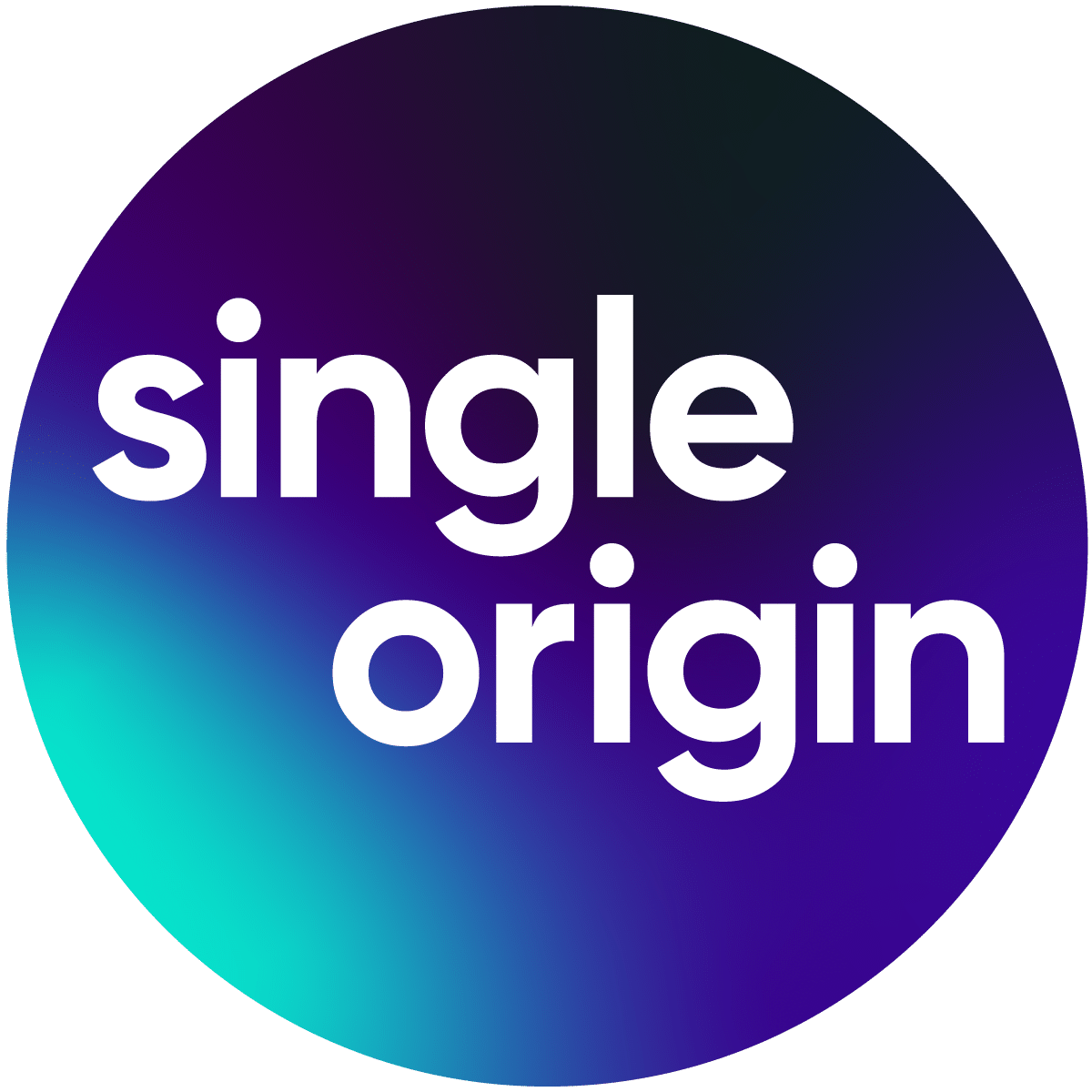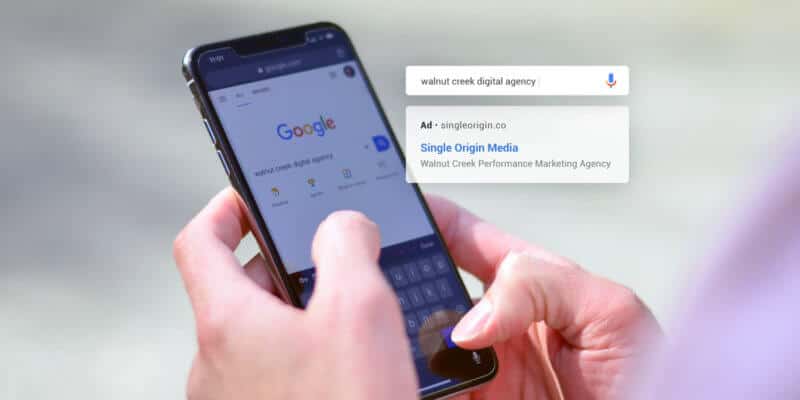You use Google Business Profiles every day – You just may not know it.
If you use Google Maps on your phone, or your computer, the information you see comes from each business’s Google Business Profile profile.
In this post, you’ll learn what this incredible tool can do for your business.
You’ll find out how to create an effective profile and why honest reviews matter in a Google Business Profile, no matter what business you’re representing.
In the last section, you’ll find a template you can use to quickly and easily request a review from any client.
But first, let’s cover why it’s important to spend time on this topic.
Why A Google Business Profile Is an Essential Tool
Google Business Profiles, also known as Google MyBusiness, is a free tool that assists businesses and professionals in centralizing their online presence.
It helps you show up when people search on Google, whether the person searches directly for your company name, or uses language like “consultants near me” or “law firm near me”.
Searching is the number one tool potential clients use to find any business.
For more than half the respondents, an online search and online reviews/directories were either their first or second resource. A Google Business Profile is both!
Having a Google Business Profile is your first step towards showing up in those searches.
Single Origin works in Google Business Profiles every day and understands their benefits, leveraging them frequently to great effect.

Optimizing Google Business Profile
Your Google Business Profile profile needs to appeal to two audiences — Your potential customers and Google’s algorithm.
Though one is a human and the other a computer program, they have one key thing in common: they like profiles with plenty of correct information.
Below we outline five steps you can do to easily optimize your Google Business Profile.
Step 1: Fill Out Every Section
The first rule of thumb is don’t leave anything blank. Add your business address, hours, and contact information.
Be sure to include the geographical areas you serve, like your local town, city, or state.
In the section marked “Products,” list out your services, or what you provide customers.
In the photos space, select relevant images based on your business type. A hair stylist may want to add their headshot, whereas a law office may want to use photos of their office space.
Include interior and exterior photos, so people get a sense of what it’s like to visit.
Adding relevant pictures of products, work accomplished, before and after photos, or jobs you’ve done successfully can greatly improve the stickiness of your business with potential clients.
Pay special attention to the description. You have up to 750 characters — Use as many as possible ensuring you maximize your impact in the available space.
Be sure to name your business focus areas, and anything else special about your offerings.
Finally, add reviews. If you don’t have any written testimonials yet, start asking.
Below, you’ll find examples on what to ask, and how.
Get a Free Website Performance Audit
Find out how your website stacks up with our complimentary website grading tool. Simply enter your website and email and see the areas of your website that need the most help – Performance, SEO, and Usability included.
Step 2: Choose the Right Category
Google uses “business categories” to show your profile to the most relevant audiences.
That’s why it’s important to choose the category that best fits your business, as it will directly influence who Google shows it to.
Your primary category, like “Pottery” or “Child Care,” will appear under your firm name in search results as well.
If your business handles only one type of offering, simply choose your primary focus.
Google also lets you enter a secondary category to offer more information if you offer more than one service or solution.
This might be a subset of your business, like “crafts”.
It might also specify the work you offer — “trial attorney,” for example, if you’re a law firm specializing in litigation.

Step 3: Verify Your Location
Google verifies business locations to ensure they’re truly local and relevant to searchers.
You’ll typically get a postcard at your business location, allowing you to confirm your profile and telling Google you are where you say you are.
This process ensures that Google advertises your business to the most appropriate searchers.
Verification also guards against common typos like listing a business as “1600 Pennsylvania Avenue” instead of “1600 Pennsylvania Lane.”
Step 4: Update Your Google Business Profile Regularly
Schedule a time every few weeks, or more often, and ensure the information in your profile is accurate.
Make sure the appropriate hours are listed and all contact information is correct. Google will often ask you to update your hours based on upcoming Holidays as well.
It’s important to check your profile even if you haven’t made any changes. Google has a “Suggest an edit” feature that lets users report inaccuracies.
If those reports have enough authority, Google may change the data before you find out about it.
Step 5: Add Relevant Content
Google loves fresh content more than anything. Adding new photos when you have them, or when you’re running specials for example, is a great way to keep your profile fresh.
Most importantly, encourage clients and customers to leave reviews of your business.
It’s easy for clients to go onto your profile and click “Write a review.”
Google Business Profiles also include functionality to copy a customized review link to embed in an email. This can be especially useful if you’re using services such as MailChimp or Constant Contact.
Why Reviews Matter More Than Ever
Reviews have always been an important way for businesses to show what digital marketing professionals like Single Origin call “social proof.”
Social proof is the natural tendency to check what others are doing before taking action, like a crowd-sourced referral.
Any online testimonials, social media mentions, and reviews of your law practice are social proof.
Social proof increases people’s confidence in their decisions.
When a potential customer or client reads about other people having a good experience with you, that person feels more confident about hiring you.
Social proof is a primary way people screen local businesses.
According to the 2022 Local Consumer Review Survey from marketing group BrightLocal, 77% of consumers “always” or “regularly” read reviews before choosing a nearby business.
That’s a 17 percentage point jump since 2020.
As more people look to Google for social proof, it’s imperative that every business have as many strong reviews as possible.
For example, if someone was seeking an Attorney, online review sites are one of the top 3 mediums people use to search for an attorney. Other types of business may be even more skewed towards having strong Google Business Profiles, like eateries or entertainment venues.

The Interconnected Nature of Reviews and Advertising
Google Business Profile Reviews aren’t just important examples of social proof.
For some businesses, and inevitably a greater percentage in the future, they’re required if you want to use Google’s Local Services Ads tool.
Local Services Ads (LSAs) are paid ads for certain businesses.
They appear above organic search results and even above other Google Ads.
Because only three appear per search, LSAs are ultra competitive.
Google wants to promote the best, and most trustworthy, services. Google’s algorithm considers multiple factors when selecting which three LSAs people will see.
Your review score is one factor, and how many reviews you have is the second.
In today’s super competitive digital landscape, Review numbers are more important than ever.
Changes in the Works
Google is always optimizing its methodologies around the latest changes in the digital world. Google now has review requirements for certain business categories and specific countries.
Typically, a business may need up to 5 reviews to go live on Google’s LSAs.
For example, on June 30, 2022, Google began requiring personal injury attorneys to have at least five reviews on their GMB profile before posting an LSA.
This new rule did well, and Google expanded this requirement to other practice areas such as bankruptcy lawyers, contract lawyers, and family lawyers.
This is just one example of an area that Google updated it’s process, and in the future there still is a chance Google may increase the number of reviews required for any business type.
If you get more reviews now, you’ll get ahead of potential changes, while enjoying the benefits of strong social proof.
You never know when Google may decide to enact new requirements on your business
Remember, Google’s job is to ensure the people using it have the best experience possible.
Every business must prepare to pivot its marketing strategies based on this principle.
It doesn’t matter to Google if something has worked for you in the past, if Google’s current user’s like (or don’t like) a feature, they will cater to the user and not the business.
How To Request a Review
To get more Google reviews, we need to make a habit of requesting them!
Let’s break down a few ways we can improve the ease at which you acquire reviews.
When To Ask for a Review
Some businesses only ask for reviews once the experience with a client or customer comes to an end.
That can be a great time to ask, especially if your interactions were positive. Sometimes, more crucially for business owners, it’s the most ethical time to ask.
No one could accuse you of letting the review impact your work if it’s already finished.
However, in some situations, you might have such a positive experience with a client that you want to ask for a review before the work is finalized.
Maybe you’ve gone above and beyond, or helped the client out of a difficult spot. If it feels appropriate, ask them if they would be willing to express their gratitude publicly.
Making the Ask
Your request should feel natural for both you and the customer. Most of the time, you’ll be able to work it into a conversation:
“It’s so great to hear that I helped you. It would be wonderful if you could post a review and share your experience with others. Would that be OK?”
You can adjust the wording to suit an email, phone call, face-to-face conversation, or text. If they say yes, offer to send a link and some instructions via email, making it as effortless as possible for them.
Your Free Template
If the client or customer has already agreed to offer a review, you can use this template:
Thank you for agreeing to write a short testimonial of our work together. Your experiences will help other clients find the right services for their needs.
Here’s a link {embed here} you can use to write your review. If you need help getting started, here are some ideas of what to mention:
- Specific ways I helped or supported you during our work
- What you’d like someone to know if they’re considering me
- How your experiences stood out from experiences with other similar businesses in the past
You can add your name or stay anonymous.
I appreciate any and all honest thoughts you have to share.
Thanks again, and as always, please contact me with any questions.
Sincerely, {Name}
You can also use this template if you haven’t asked for a review yet.
Just replace the first sentence with something like:
Thank you again for choosing to do business with me.
If you’re happy with the work we did together, I would greatly appreciate a review from you to help others find me.
It’s Never Too Late to Get Started
Google’s Business Profiles can drive more clients to your door, and boost your reputation in the community, but it’s not always easy to find time to keep it updated.
If you need help, Single Origin specializes in helping clients set up their Google Business Profile as it’s a key part of the greater digital marketing scheme.
We have years of experience doing search engine optimization (SEO) for all types of businesses, and we know how to help them optimize their Google Business Profile.

